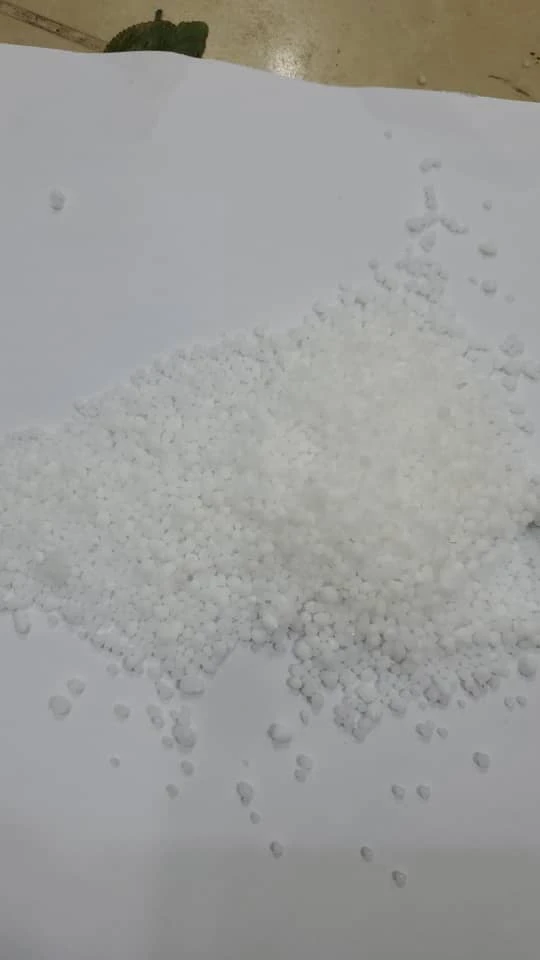



Sodium Hydroxide Pellets Relevant Information and Applications for Chemical Industries
Understanding Sodium Hydroxide Pellets CAS Number and Its Applications
Sodium hydroxide, commonly known as caustic soda or lye, is a highly versatile chemical compound with the formula NaOH. It is an inorganic compound that appears as a highly alkaline solid, often found in pellet form for ease of handling and transport. The CAS (Chemical Abstracts Service) number for sodium hydroxide is 1310-73-2, which is a unique identifier used to provide a clear means of identifying the substance across different databases and platforms. This article explores the properties, uses, and safety considerations surrounding sodium hydroxide pellets.
Properties of Sodium Hydroxide Pellets
Sodium hydroxide pellets are white, odorless, and highly hygroscopic (meaning they readily absorb moisture from the air). They have a high melting point of about 318 °C (604 °F) and are soluble in water, releasing a significant amount of heat when dissolved. This property makes the solution highly caustic and capable of reacting violently with certain materials.
The high pH level (around 14 when dissolved in water) places sodium hydroxide at the extreme end of the alkaline spectrum. This characteristic gives it various industrial and household applications, but it also mandates careful handling and storage to prevent hazardous situations.
Applications of Sodium Hydroxide
1. Industrial Uses Sodium hydroxide is widely utilized in the production of various chemicals. It plays a critical role in the manufacturing of soap, detergents, and other cleaning products. In the paper and pulp industry, it is used for pulping wood chips and bleaching processes. Additionally, it is essential in the production of textiles, where it is used in the process of mercerization, enhancing the dyeing properties of the fabric.
2. Food Processing In the food industry, sodium hydroxide serves multiple roles, such as pH regulation and as a food additive (E524) in certain products. It is used in the production of caramel color and is instrumental in peeling fruits and vegetables through a process known as lye peeling. However, the concentrations used in food processing are strictly monitored to ensure consumer safety.
sodium hydroxide pellets cas number

3. Water Treatment Sodium hydroxide is also employed in water treatment processes. It helps in adjusting the pH of water to prevent corrosion in pipes and ensures that harmful metals remain in their insoluble forms, which reduces their toxicity.
4. Biodiesel Production The compound is a catalyst in the transesterification process of converting fats and oils into biodiesel. The strong alkaline nature of sodium hydroxide is crucial for breaking down the triglycerides effectively.
5. Laboratory Uses In laboratories, sodium hydroxide is frequently used as a reagent in various chemical analyses and experiments. Its ability to neutralize acids makes it a valuable tool for titrations and pH adjustments.
Safety Considerations
While sodium hydroxide is incredibly useful, it is also highly dangerous if mishandled. The pellets can cause severe chemical burns upon contact with skin or eyes, and inhaling the dust can cause respiratory issues. Proper protective gear, such as gloves, goggles, and masks, should always be worn when handling sodium hydroxide. It is also important to store the pellets in a cool, dry place, away from incompatible substances such as acids and reactive metals.
In case of accidental exposure, immediate action is crucial. Rinse any affected skin or eyes with copious amounts of water for at least 15 minutes and seek medical attention promptly.
Conclusion
Sodium hydroxide pellets, identified by the CAS number 1310-73-2, play a vital role across multiple industries due to their strong alkaline properties. From manufacturing and food processing to water treatment and laboratory applications, the versatility of this chemical compound cannot be overstated. However, its hazardous nature necessitates strict safety measures during handling and storage. By understanding both its benefits and potential risks, users can effectively leverage sodium hydroxide in a safe and responsible manner.
-
Why Sodium Persulfate Is Everywhere NowNewsJul.07,2025
-
Why Polyacrylamide Is in High DemandNewsJul.07,2025
-
Understanding Paint Chemicals and Their ApplicationsNewsJul.07,2025
-
Smart Use Of Mining ChemicalsNewsJul.07,2025
-
Practical Uses of Potassium MonopersulfateNewsJul.07,2025
-
Agrochemicals In Real FarmingNewsJul.07,2025
-
Sodium Chlorite Hot UsesNewsJul.01,2025










